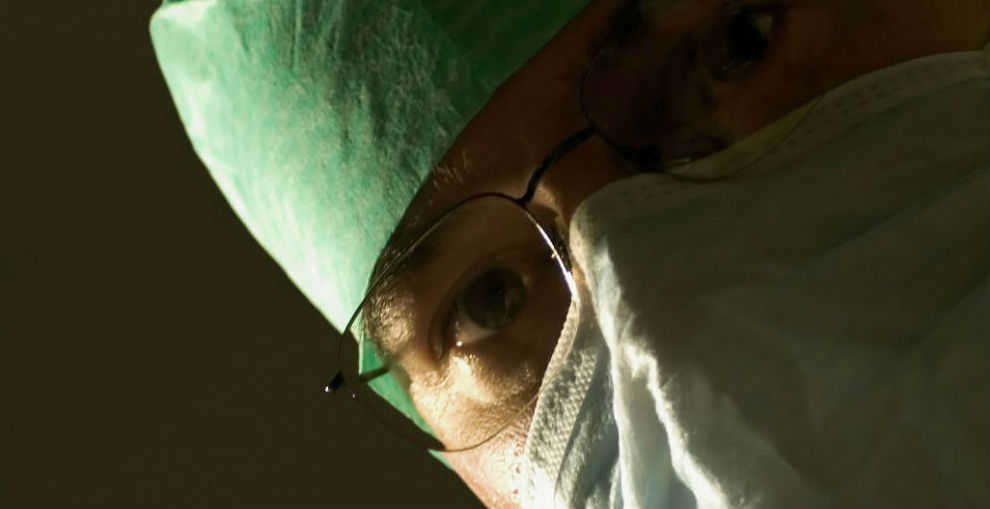How Does a Wrong Site Surgery Mistake Happen?

How often does a surgeon operate on the wrong part of a patient’s body, and how can such a serious medical error happen?
There are numerous types of preventable medical mistakes, such as a doctor’s misdiagnosis or giving the wrong drug to a patient, but few are more potentially devastating than wrong site surgery.
There are different forms of wrong site surgery. A surgeon may operate on the wrong side of the patient. Or the surgeon may operate on the correct side of the patient, but in the wrong location. Operating on the wrong part of a patient’s spine, for example.
Serious Harm Resulting from Surgical Errors
Wrong site surgery mistakes are not all that rare, according to some projections. The Joint Commission, a not-for-profit organization that accredits hospitals and other medical organizations, found that wrong site surgery mistakes accounted for 13 percent of “sentinel events.” It describes a sentinel event as a healthcare mistake the results in:
- Patient death
- Permanent patient harm
- Severe temporary patient harm that requires life-saving measures
Wrong-site surgeries have been estimated to happen as often as 50 times per week in the United States. Not all serious surgical errors occur in the operating room. Wrong site surgery errors can happen in the emergency room, intensive care units and other hospital settings.
How do wrong site surgery errors happen? It usually is a matter of miscommunication.
The time a new shift of hospital healthcare providers begins work is known as the patient hand-off period. When medical orders or patient conditions aren’t communicated correctly during patient hand-offs, dangerous medical errors can be made. One result may be a patient incorrectly prepped for surgery.
Mistakes that Lead to Wrong Site Surgery
A commonsense solution for preventing wrong site surgery is marking the correct portion of the body. But mistakes can occur here as well. Protocols should be followed to ensure a system that effectively stops wrong site mistakes. Having only the surgeon mark the site, using a consistent marker and marking type, is one such measure.
Even if the site is marked correctly, there is a danger the mark is improperly removed during the patient prep process. So the marker should have indelible ink.
And one last check should be made prior to surgery with medical records and other written documentation, as well as verbally with the patient when possible, to confirm the surgery site.
Surgical checklists are a proven deterrent to surgical errors. Therefore a checklist, which includes steps to mark and confirm the surgical site, should be prepared and followed during every procedure.
These are steps operating teams can take to prevent serious surgical mistakes. A hospital should also promote a culture that focuses on patient safety. This culture embraces patient protections and safety measurement systems that hold caregivers responsible for their mistakes and empowers all staff members to report errors and provide feedback on ways to limit them.
Serious surgical mistakes, including wrong site surgery, should never happen. When they do – because of individual missteps or a substandard patient safety culture - patients and their families can suffer needless and lasting harm.
If you or a loved one has been a victim of a catastrophic surgical error, consult a lawyer experienced in conducting medical malpractice investigations to represent your legal rights.
The choice of a lawyer is an important decision that should not be based solely on advertisements.
Authored by Gray Ritter Graham, posted in Articles January 30, 2019
